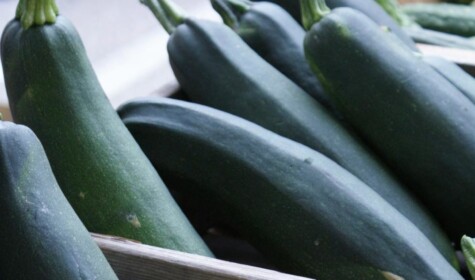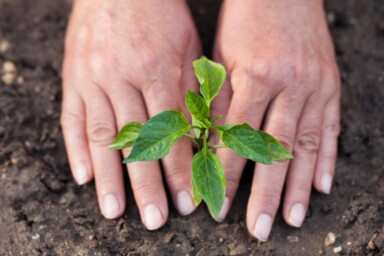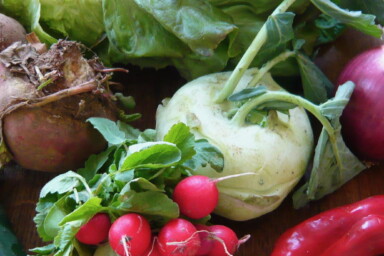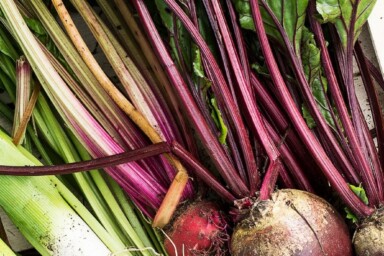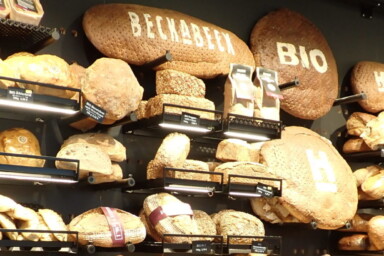I was recently invited to speak at a local food network event organised by Frome Town Council and Edventure in Somerset. The event was designed to bring producers, retailers, chefs and local foodies together to discuss how the Council could better support local producers and facilitate local routes to market. I was excited to see a local council taking an initiative like this and readily agreed to speak, although I knew that the best ideas and suggestions would come from the local people in the room. The discussion was lively and enthusiastic and produced a few core themes as well as numerous more specific ideas.
Shifting from a global, industrialised commodity food system back to a more localised, regenerative, smaller scale yet still productive food system, requires a considerable mindset shift in how we buy, value and transport food. Three core challenges emerged from the discussion: How do you find local producers? How do we reflect the true value of food in our purchasing decisions? How can we create efficient distribution of local produce?
At the heart of solving all three of them is an effective marketing strategy for local producers that councils can support.
Discovering local producers
Several of the farmers said they felt isolated and disconnected not only from each other, but also from their market. This was especially the case for new farmers who were just starting out and didn’t already have a network within the local area, to spread their message via word of mouth. Local farmers markets can be a good way for farmers to meet local people and build their network, but running a stall is only really viable once your farm has already reached a certain scale, to be able to keep the stall full with produce for the duration of the market.
The Frome Food Hub was more accessible for those with smaller volumes. Under this model, producers deliver whatever is sold online to customers via the hub to the hub building, where customers can come and collect everything they’ve ordered together, like a prepaid supermarket visit. The model saves both customers and producers time, but orders still need to be high enough to make a trip into Frome worthwhile for producers.
For farm shops, restaurants and public sector caterers looking to find local suppliers, purchasing platforms that connect into supplier marketplaces, like Tried & Supplied which I founded, can be very helpful. They can quickly highlight local producers and also make it possible to place orders across all producers in one click, keeping track of orders and invoice numbers all in one place.
New initiatives like the Somerset Food Trail are springing up to help connect local people with local producers, but clearly more support on marketing would be helpful. Farmers typically have very little experience in marketing or money to invest in hiring a marketing professional.
Reflecting the true value of food
Increasingly people are recognising that different production methods can make a big difference not only to the taste of the food, but also to the nutritional value it holds, and the environmental impact it has. According to ongoing research conducted by the Real Food Campaign in the US using a new bionutrient metre, some carrots may have 200 times more polyphenols than others and some spinach may have 14 times more iron than other spinach. Given that, beyond just the enjoyment of food, we primarily eat food for the nutrition and the energy it provides us, this research could fundamentally change the way we assess the value of food and will be particularly relevant for public sector procurement.
Consumers are increasingly aware of how different production methods affect the taste, nutritional value and environmental impact of the food they buy, but it is often hard for them to quantify this in terms of the real value relative to the cost. We still lack the data and a simple framework to calculate this. Not only that, but purchasing decisions are often emotionally rather than rationally driven. If we really want to change consumer purchasing behaviour and get people to pay more for well-produced local produce, we need to appeal to their emotions and help them develop a connection with the food and the land and the people that produce it. One of the best ways of doing this is through storytelling. Market gardener, Charles Dowding, was offered as an example of a local producer near to Frome who has built up a 283k following on Instagram with strong storytelling. The Ethical Dairy in Scotland is a personal favourite that really tugs on the heartstrings before you even see their posts. Their Instagram bio reads: ‘We keep our calves with their mums to suckle naturally, striving to deintensify dairy.’
Business buyers may also make emotional decisions, but they then need to back their decisions up with data to justify them internally. Creating procurement frameworks that help them better account for the variation in value can help with this. When they are assessing the cost of products such as carrots, that would typically be compared on price, they need to be able to calculate the differences in value returned when it comes to nutrition, taste and environmental impact.
Creating efficient distribution for local produce
In an industrialised food system producing large single-crop harvests or vast quantities of animal produce at the same time, it is cost-effective to bulk transport food long distances. In a regenerative model that requires a more diverse crop-base and non-intensive animal farming, the productivity may still be high, but the produce is not available all at the same time. Consequently, it has to be transported in smaller quantities, which necessitates more localised routes to market and short supply chain infrastructure such as local abattoirs like the one in Frome that closed a few years ago. The smaller the quantity and the lower the value of the item, the shorter the distance it can cost-effectively travel.
Farm shops turn the distribution challenge on its head and can be very successful for farmers and popular with customers. They encourage customers to come to farms, build strong connections between customers and producers and also help the producer retain as much of the final retail price as possible, but they do require a good variety of local produce to make the trip worthwhile for customers. This, in itself, requires an investment of time and money from the farmer, who will likely have to spend time sourcing and managing produce from other local producers as well as dealing with customers in the shop. Done well, farm shops can offer customers an alternative to shopping in a supermarket with global supply chains. Some of the produce, like citrus fruits, tea and coffee, could be imported to save customers time travelling separately to a supermarket and encouraging them to come to the farm shop instead, but the vast majority will be local.
If the produce is going to travel to customers or businesses instead, building up geographical density through strong local demand, route optimisation and delivery consolidation is key. You can find good examples of how this works by looking at how takeaway food delivery and last-minute groceries companies, such as Deliveroo and Getir, have grown their businesses through localised marketing strategies. Their delivery models wouldn’t work if their customers and restaurants were too spread out. As a result, these companies mostly don’t operate outside of major cities.
For smaller towns like Frome and the surrounding rural areas, where nearly all food producers are based, the relative geographic distance presents a challenge. However, geographical density can be built up with strong and well targeted marketing campaigns in local areas. Efficient distribution is also made possible through local food hubs, collaboration between producers, and platforms like Tried & Supplied that use combined purchasing data across businesses to consolidate deliveries.
How councils can support local producers
There were numerous practical suggestions that emerged from the discussion on how the Council could support a local food network and communities could connect their demand for good local food into supply that could be met with ease. These were just a few of them:
- Offering grants to new farmers to mitigate some of the risk of the initial upfront investment involved in getting started, scaling-up production and marketing the produce.
- Offering a shared marketing resource for local producers so that they don’t have the cost of a full marketing department.
- Sharing or boosting the social media posts of local producers.
- Working with farmers’ markets to offer shared producer stalls for producers that don’t yet have enough produce to fill a whole stall.
- Implementing a local marketing campaign to generate an emotional connection with local produce and direct people to ways of purchasing it – something similar in concept to the ‘Dig for Victory’ campaign of World War II.
- Incorporating the true value of food into councils’ public sector catering procurement frameworks.
- Facilitating collaboration through events such as the one I attended that brought councillors, producers and local people interested in local food, together.
- Suggesting and subsidising potential buildings that could be used as food hubs or local supermarkets.
- Supporting local supply chain infrastructure such as abattoirs.
Re-creating local food networks and reversing the effects of a global industrialised food system on distribution, supply chain infrastructure and consumer demand and appreciation for food, is complex but definitely achievable. Local councils can support this effort by organising events like the one in Frome to bring people together and discuss challenges and potential solutions. On the basis of this one, the two key areas they can focus on are: marketing local produce and supporting local distribution and supply chain infrastructure.
Photograph: Gemma Billings
